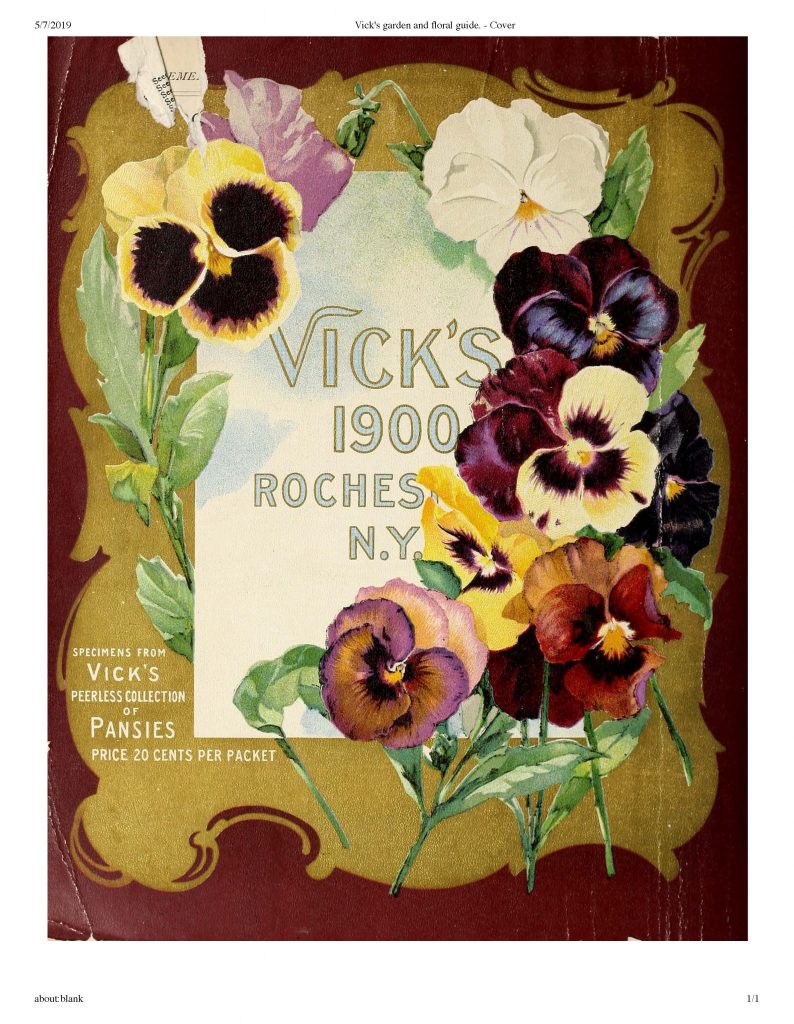Rochester’s Horticultural Roots
In its hay day, the lots between the parallel streets of Mt. Hope Avenue and South Avenue used to be part of the 650 acre Mt. Hope Botanical and Pomological Gardens, the largest nursery operation in the world. In the 19th century it was owned by two well-known nurserymen, George Ellwanger and Patrick Barry.
The nursery was a huge part of Rochester’s great legacy of horticulture and parks, which began in the early 1800s and eventually transformed Rochester into “The Flower City” that we know today.
Following the creation of the Erie Canal, Rochester was a booming and blooming city. Ellwanger and Barry were able to ship their plants all across America and beyond. Many followed suit, and by the mid-19th century, over half the nurserymen of New York were working out of Rochester.
This is how in 1859, Rochester earned the title of “Flower City,” having proven itself an epicenter of gardening excellence.
Old Flower Catalogues
Ellwanger and Barry’s Supplementary Catalogue // 1893
Vick’s Garden and Floral Guide // 1900
Green’s Nursery Co. Catalogue // 1924
Glen Brothers Inc, Glenwood Nursery // 1926
Glen Brothers Inc, Glenwood Nursery // 1931
Chase Brothers Nurseries Catalogue // 1932
and much more can be found at the Biodiversity Heritage Library

